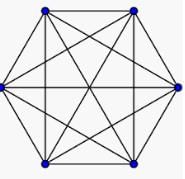Test: Practical Geometry- 2 - CAT MCQ
30 Questions MCQ Test - Test: Practical Geometry- 2
A simple closed curve made up of only _____________ is called a polygon .
Polygons that have no portions of their diagonals in their exteriors are called
Polygons that have any portions of their diagonals in their exteriors are called
All the sides of a regular polygon are _________________.
All the angles of a regular polygon are of ________________.
Sum of all interior angles of a polygon with (n) sides is given by
Maximum number of right angles in a right angled triangle are
The angle sum of all interior angles of a convex polygon of sides 7 is
Each exterior angle of a regular hexagon is of measure
The number of sides in a regular polygon is15, then measure of each exterior angle is
The measure of each interior angle of a regular polygon is 140o, then number of sides that regular polygon has ___
A quadrilateral which has 2 pairs of equal adjacent sides but unequal opposite sides is called ________________.
A parallelogram each of whose angles measures 90o is _____________.
The diagonals of a rhombus bisect each other at _________ angles.
The diagonals of a square bisect each other at _________ angle.
The least number that is divisible by all the numbers from 1 to 10 (both inclusive) is
Minimum possible interior angle in a regular polygon is ___________.
Maximum possible exterior angle in a regular polygon is ___________.

















